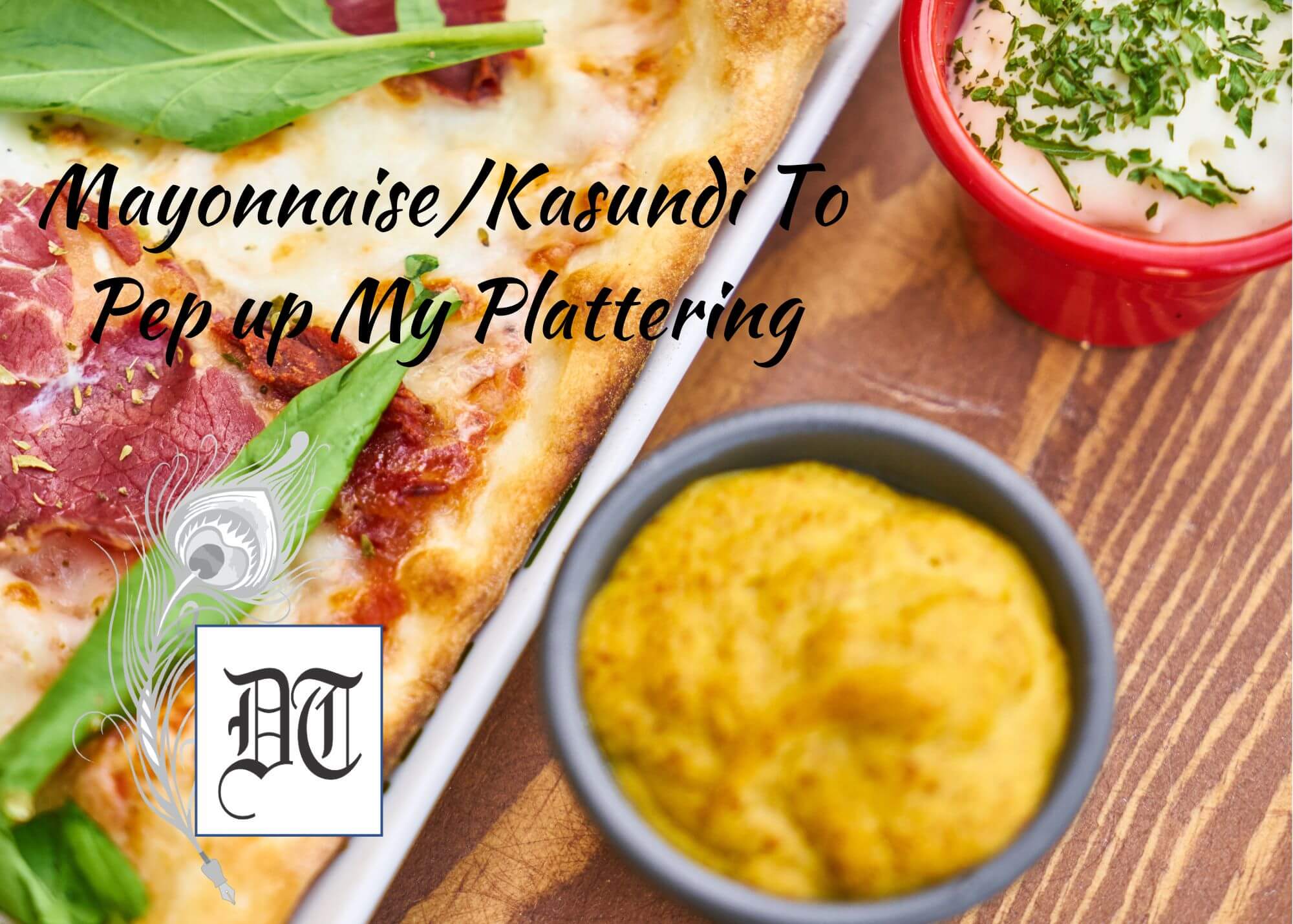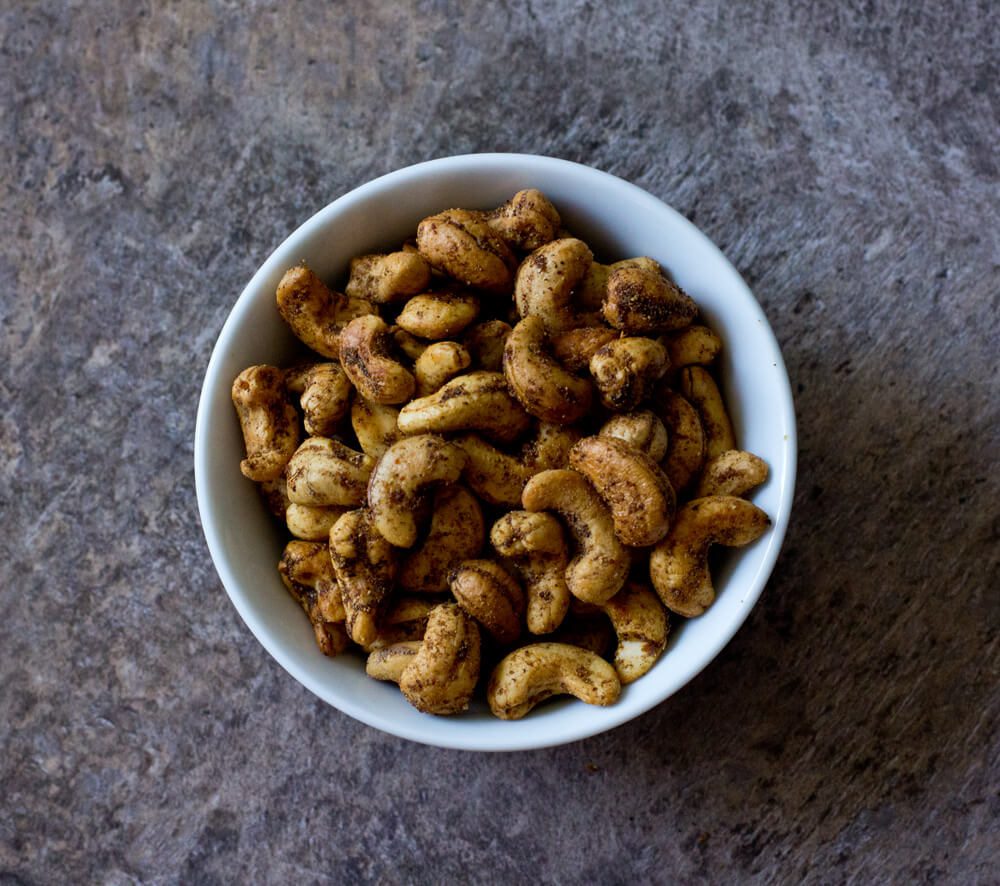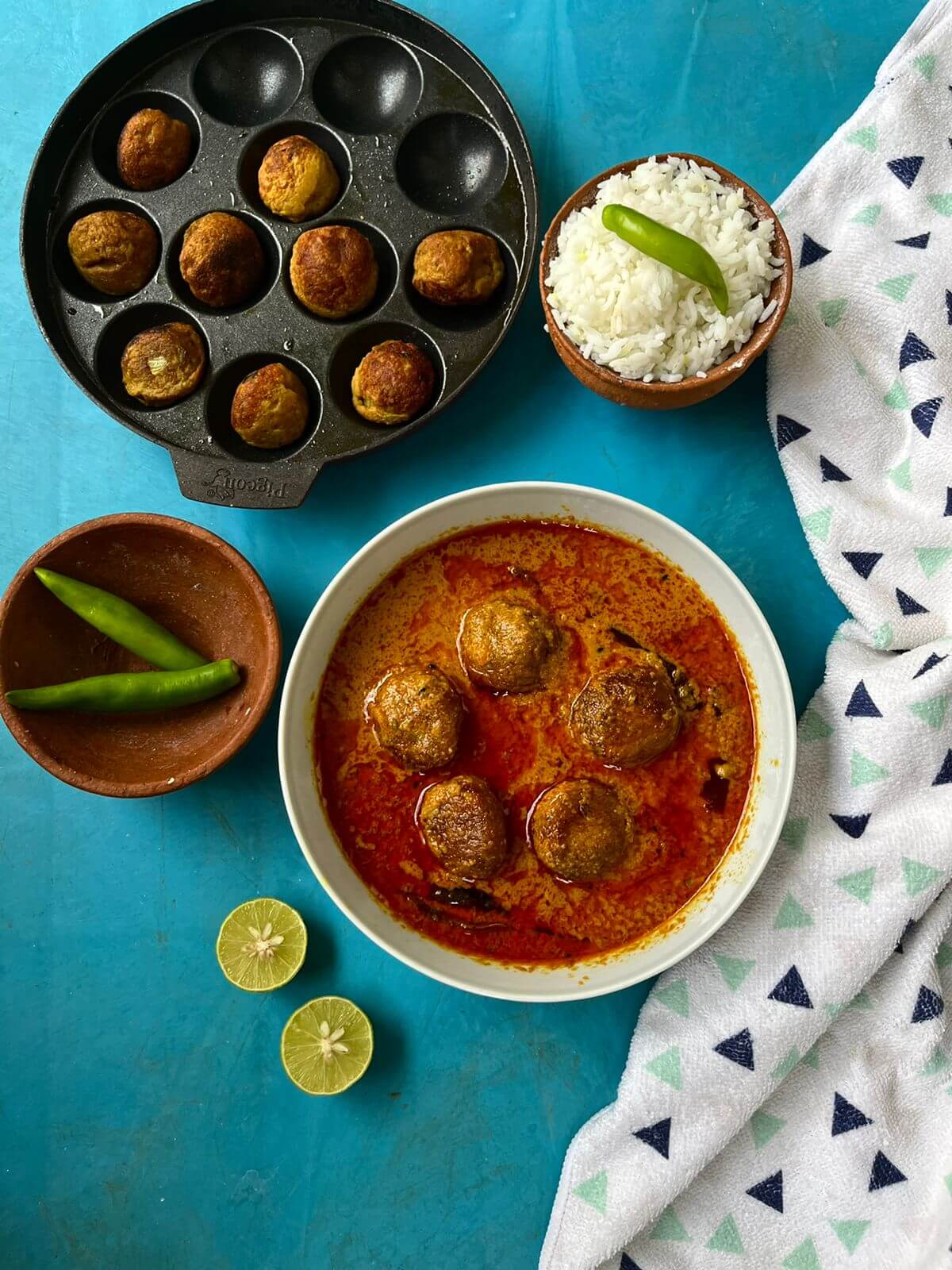The Hobson-Jobson says that the word Jalebi came from the Arabic word Zulabiya or the Persian Zalibiya, which are names for a similar dish. West Asian Christian communities serve it with a sprinkling of powdered sugar and cinnamon on the Feast of Theophany. A 10th-century cookbook of Iran, where it was served to the poor during Ramadan gives numerous recipes for Zulubiya. Kundalika and Jallavaalika were the names by which Jalebi was known during the 15th century in India. A Jain author Jinasura mentions Jalebi being served at a dinner given by a rich merchant in his book Priyamkarnrpakatha, during 1450 CE. Gunyagunabodhini, a Sanskrit text dating before 1600 CE relates ingredients and recipes akin to the modern Jalebi. Lily traces the antiquity of Jalebi, in the weekly column, exclusively for Different Truths.
There is this endless swirl of sweetness that wraps itself around one’s taste buds with a hurrah. It then worms its way into one’s enslaved heart and remains etched on it forever. I speak with reverence about the sweet, squiggly, round orange delight that we the besotted in the Indian sub-continent call Jalebi.
The sight of an under clad, mostly rotund figure of a halwai (sweetmeat maker) sitting cross-legged or  standing in front of a huge rather shallow wok called kadhai, sweating profusely from the heat of the scalding hot oil is usual in India. He sits like a lord presiding over a ritual as he deftly twirls his hands making round squiggles in the oil. Don’t be amazed or put off if you are a foreigner. Disregard any flies that may be zooming in to take a lick. Just eat up a few of these sweet confections and be blessed in return.
standing in front of a huge rather shallow wok called kadhai, sweating profusely from the heat of the scalding hot oil is usual in India. He sits like a lord presiding over a ritual as he deftly twirls his hands making round squiggles in the oil. Don’t be amazed or put off if you are a foreigner. Disregard any flies that may be zooming in to take a lick. Just eat up a few of these sweet confections and be blessed in return.
These delectable orange rings that are one of India’s favoured sweet delicacies are truly not Indian in origin. Our glorious country has the heart and the finesse to adapt culture and food from other places and make it our own with our own unique touches. Sometimes, in our patriotic enthusiasm, we try and define culture in terms of roots, core, purity or essence. We must guard against that for each region evolves over time. Food, lifestyles, art are a by-product of a give and take between people of the world.
Jalebi could well have been derived from a similar dish in West Asia. The Hobson-Jobson says that the  word Jalebi came from the Arabic word Zulabiya or the Persian Zalibiya, which are names for a similar dish. West Asian Christian communities serve it with a sprinkling of powdered sugar and cinnamon on the Feast of Theophany. A 10th-century cookbook of Iran, where it was served to the poor during Ramadan gives numerous recipes for Zulubiya. Muhammad bin Hassan al Baghdadi’s recipes in 13thcentury are well accepted too. Persian speaking invaders brought this sweet to medieval India, according to popular belief.
word Jalebi came from the Arabic word Zulabiya or the Persian Zalibiya, which are names for a similar dish. West Asian Christian communities serve it with a sprinkling of powdered sugar and cinnamon on the Feast of Theophany. A 10th-century cookbook of Iran, where it was served to the poor during Ramadan gives numerous recipes for Zulubiya. Muhammad bin Hassan al Baghdadi’s recipes in 13thcentury are well accepted too. Persian speaking invaders brought this sweet to medieval India, according to popular belief.
Kundalika and Jallavaalika were the names by which Jalebi was known during 15th century in India.
A Jain author Jinasura mentions Jalebi being served in a dinner given by a rich merchant in his book Priyamkarnrpakatha, during 1450 CE.
Gunyagunabodhini, a Sanskrit text dating before 1600 CE relates ingredients and recipes akin to the modern Jalebi.
The first ice cream cone was a version of Zalabiya used by a Syrian immigrant to United States Ernest Hamwi.
In Iran, the Zulabiya is perfumed with rose water and saffron along with honey and sugar
In middle eastern countries its Zalabiya but in Maldives it is Zilebi!
In Nepal, it is eaten as Jeri, which could be from the Mughal emperor Jehangir.
It’s a type of pastry eaten in North Western Africa in Algeria, Tunisia and Libya. It is made with flour, sugar honey, yeast mixed with water and then two cardamom seeds for crackling!
Fried dough foods quite like doughnuts are found in Yemen, Egypt, Lebanon, Syria, Iraq, Comoros and  Algeria. They are made by a Zalbani.
Algeria. They are made by a Zalbani.
Zalabiya Mushabbaka are latticed fritters. They could be squares, discs or balls and recipes from the Caliph’s kitchen speak of milk, ghee, pepper, sugar, dipped in clarified honey, rose water, musk and camphor.
Zalabia Duniya are stick shaped sponge cake versions served during Ramadan celebrations.
Pani Walalu of Sri Lanka could also fall in a similar category, as would the Mexican Churro.
All said and done , though there are Chhena (cottage cheese) versions in Bengal, daal (lentil) batter and rice powder versions too with hints of gram flour and semolina, yet there is nothing above a crisp honest to God Jalebi.
It should be slim like a debutante on the ramp, sweet like your heartbeat and crisp like your toes on a hot terrace! Yes I know I got all poetic here. True! That’s how much I love my piping hot jalebis, sizzling in my drooling mouth. A trail of syrup must come slowly down my wobbling chin as I greedily grab another piece from under the watchful eyes of my companions!
Hai Mai mar jaan jalebi Kha ke! (I’d die eating jalebi!)
©Lily Swarn
Photos from the internet.
#Jalebi #IndianSweet #SweetOfIndia #Festivity #Dessert #SweetDish #HistoryAndMystryOfFood #DifferentTruths





 By
By

